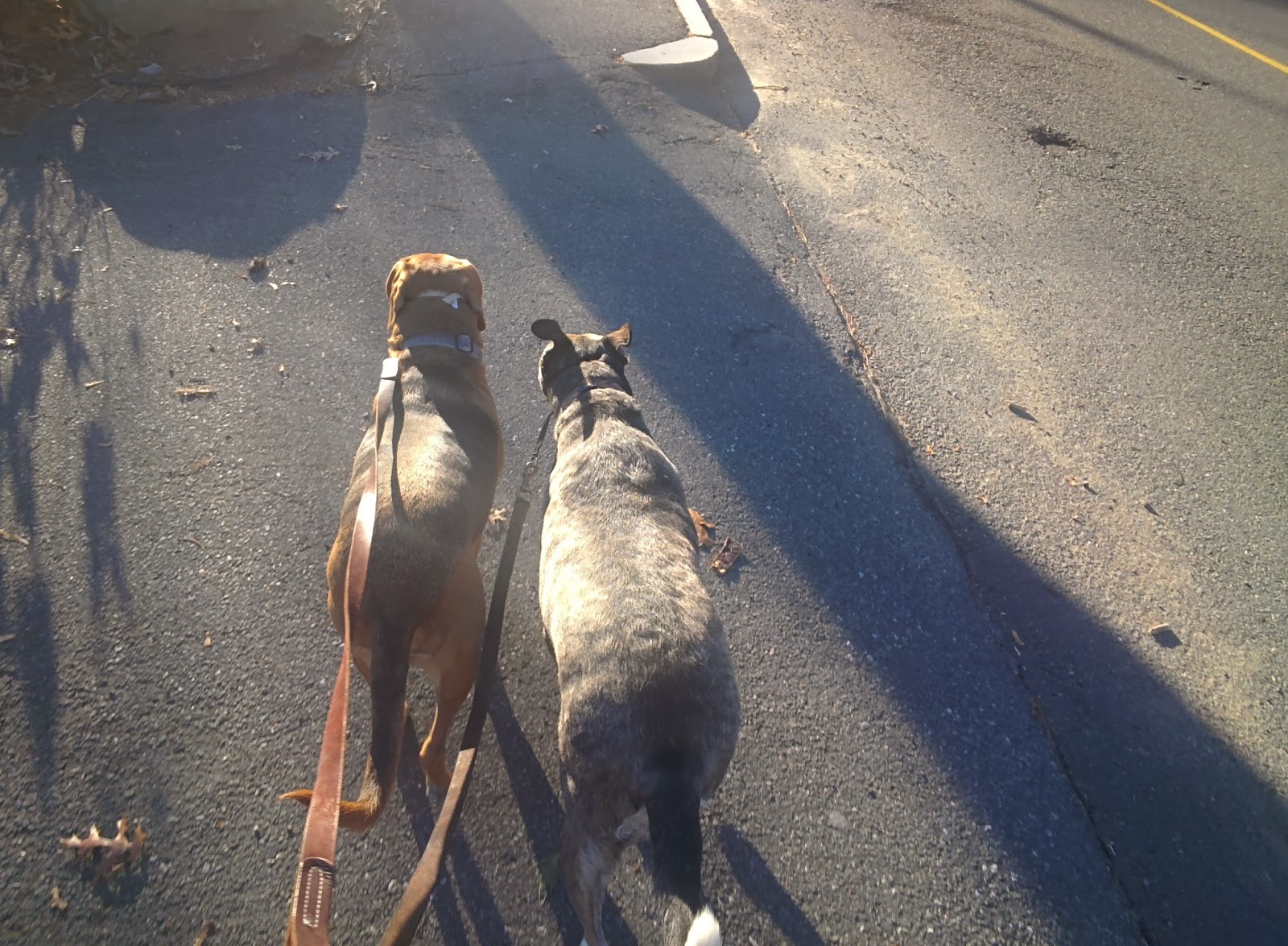Start early
There is no better time to start creative work than early in the morning. You're fresh, your mental energy is at it's highest, and your brain is still waking up. This last part is the most interesting because it's your brain's scrambling to wake that leads to unexpected connnections and creative ideas when you force it into a challenging situation. Most mornings, I get up at 6:00am, make coffee and breakfast and start working from my home office at 6:30am. I always start with my most interesting and creatively challenging work at this time. I find that I'm best ready to handle it at this hour with fresh energy and a new perspective. No one is there to distract you at this time - all the phonecalls, requests, and emails don't start until after 9am - so this morning period is perfect for focus.
Mindmaps
I was sitting in a grad school class in the fall of 2009 when I noticed the guy in front of me typing his notes in mindmap software. I asked him what the program was and he said it was Freemind. I started using it and having looked back since. I literally have ONE mindmap file that contains everything that I've wanted to capture since 2009. Every idea, every fact, every person. Everything is searchable.
 |
| shot of the planning side of my mindmap |
Definitely give Freemind a test drive. It's the simplest and most flexible of the available mindmap tools. It doesn't run on tablets or run in the cloud, however, so you may want to explore other options if you want this.
Go for a Walk
 |
| walking my dogs in November 2013 |
I'm far from the first person to do this, but I enjoy taking walks when I'm faced with a design challenge. When I'm working at home early in the morning or at night, I take my dogs and head out. This gives me the time to think through a problem and develop solutions out in the fresh air. Being on the move, taking in the surroundings, and simply stepping away from the computer also seems to bring me some clarity.
I own Google Glass, which I'll wear sometimes if I have a particularly tough challenge to deal with. I'll use Glass's video recording feature to create video memos where I record notes on the possible solutions. I would never want anyone to actually see these obnoxious videos of me talking endlessly and seeing my dogs walking from behind, but I find them really useful (and I delete them as soon as I jot the notes down). If you don't own Glass, your phone's video feature will work just fine for this.
Work in Creative Batches
Disruptions of emails, text, and phone calls are an absolute killer when you're trying to lock in on some creative work. For some people, the enticement of Facebook, Twitter, Pinterest or other content feeds present too strong of a distraction. This is just the nature of having the same device for producing as you have for consuming content, including your social content. I try to combat these disruptions by taking control of my schedule and sticking to it. Every day I schedule two or three batches of work, ideally two 4-hour chunks, where I focus without distraction during those stretches. This ensures that at least those important items get done. I then fill in the spaces around these batches with the emails, small tasks, and administrative work as possible.
Carry a Notebook
 |
| Field Notes notebooks |
Switch Modes
Notebooks offer a benefit that goes beyond convenience. I've also found that switching context from the rigid, distraction-heavy computer to a blank slate sheet of paper and pen can work wonders when stuck in a creative rut. Switching modes like this during the creative process, both early and often, is an awesome way to keep your creativity on its toes, so to speak. This is hard to do, as it's easy to get buried in a task and forget to step away, but it's always a good idea to switch modes to trigger new thinking.
I try to stick to a rule of not using the computer at 9:00pm - it's a notebook or at least my Wacom tablet after this time. I find it to be a welcome change if I'm burnt out from interacting with the same MacBook all day.
Music
Of course, there's always music. I almost always have music going during the day, hitting every genre under the sun in the course of a week. I try to stick to instrumental music to help focus, which for me can range from jazz and classical to electronic. I get every penny's worth out of my Spotify subscription. It allows me to constantly be exposed to new music that can trigger new ideas and perspectives.
For me, all these practices work together to create the best working environment that I can come up with. I hope some of these tips will help you in your own creative work. Please write if you have any ideas of your own.
